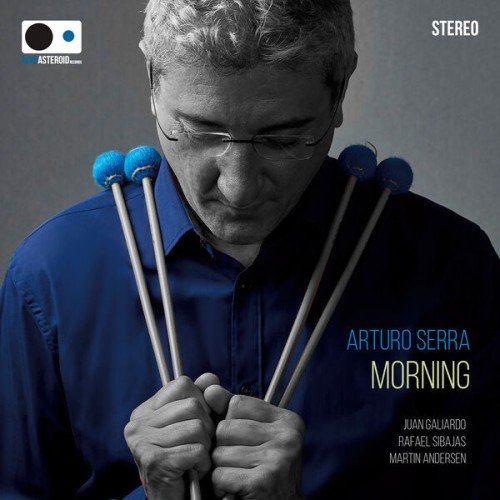English Symphony Orchestra - Visions of Childhood (2021)
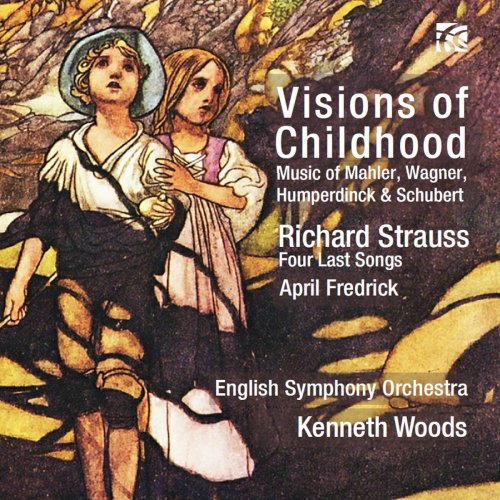
Artist: English Symphony Orchestra, Kenneth Woods, April Fredrick
Title: Visions of Childhood
Year Of Release: 2021
Label: Nimbus Alliance
Genre: Classical
Quality: FLAC (tracks+booklet)
Total Time: 79:35 min
Total Size: 355 MB
WebSite: Album Preview
Title: Visions of Childhood
Year Of Release: 2021
Label: Nimbus Alliance
Genre: Classical
Quality: FLAC (tracks+booklet)
Total Time: 79:35 min
Total Size: 355 MB
WebSite: Album Preview
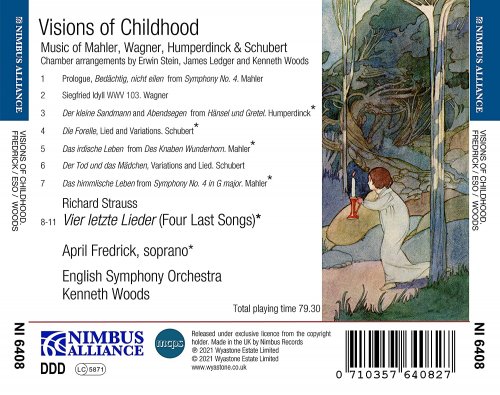
Tracklist:
01. Symphony No. 4: Bedächtig, nicht eilen: Prologue (arr. Erwin Stein) (Excerpt)
02. Siegfried Idyll, WWV 103: (arr. Kenneth Woods)
03. Hänsel und Gretel: Der kleine Sandmann and Abendsegen (arr. Kenneth Woods)
04. Die Forelle: Lied and Variations (arr. Kenneth Woods)
05. Des Knaben Wunderhorn: Das irdische Leben (arr. Kenneth Woods)
06. Der Tod und das Mädchen: Variations and Lied (arr. Kenneth Woods)
07. Symphony No. 4: Wir geniessen die Himmlischen Freuden. Sehr behaglich
08. Vier letzte Lieder: I. Frühling (arr. James Ledger)
09. Vier letzte Lieder: II. September (arr. James Ledger)
10. Vier letzte Lieder: III. Beim Schlafengehen (arr. James Ledger)
11. Vier letzte Lieder: IV. Im Abendtrot (arr. James Ledger)
Kenneth Woods writes: Given that this programme was to be an exploration of childhood, the obvious place to start is with birth. Richard Wagner wrote his Siegfried Idyll as a birthday present for his wife, Cosima, just after the birth of their son, Siegfried. Nowhere else in music is there so tender an evocation of those fragile, precious and fraught first days and weeks of life. Engelbert Humperdincks great childrens opera, Hänsel und Gretel, a quasi-Wagnerian setting of the classic Brothers Grimm fairy tale, tells the story of two children in peril Die Forelle (The Trout) is one of Schuberts simplest and most popular songs, composed in 1817,when Schubert was just 20, to words by Christian Friedrich Daniel Schubart Gustav Mahlers 100-minute Third symphony and his Fourth grew out of the musical material in the short, beautiful song which forms the final movement of the Fourth Symphony, Das himmlische Leben (The Heavenly Life,), and which concludes these Visions of Childhood. First, however, we hear his song The Earthly Life (Das irdische Leben) which forms a sort of bleak mirror image to that song. As with the Humperdinck, I have essentially stuck as closely as possible to Mahlers own orchestration, which is a model of clarity and economy, but also full of extreme, even grotesque, colors. Finally, we come to another combination of song and variations by Schubert, both known as Der Todund das Mädchen (Death and the Maiden). The song is based on a poem by Matthias Claudius and was written in 1817, the same year as The Trout. It has only two verses one in which the Maiden pleads with Death to pass her by, and one in which Death assures her that he is a friend.
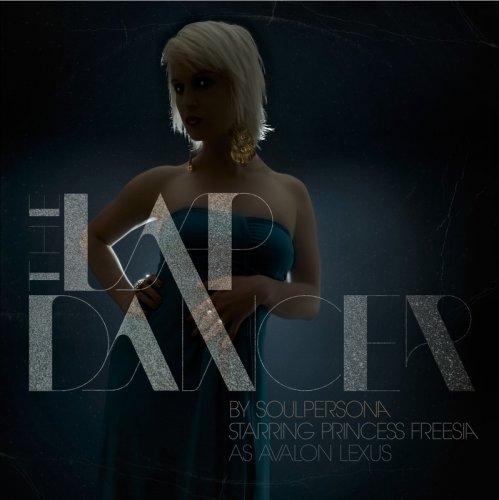

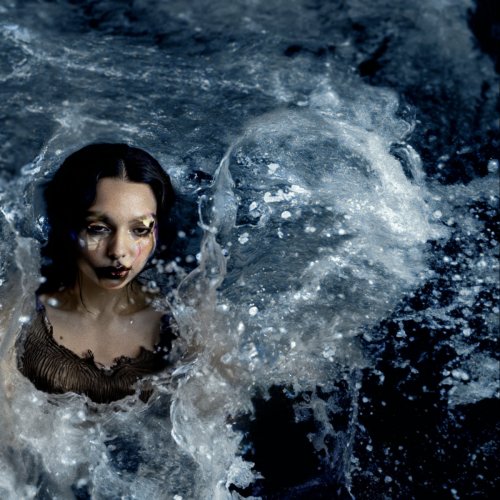

![Seafoam Walls - XVi (2021) [Hi-Res] Seafoam Walls - XVi (2021) [Hi-Res]](https://img.israbox.com/img/2025-11/15/dfbr5wcfbejmn73vqg2ys0wb6.jpg)
![Katharine Whalen - Down Yonder (2025) [Hi-Res] Katharine Whalen - Down Yonder (2025) [Hi-Res]](https://img.israbox.com/img/2025-11/14/kx2kz8qou9tx8pyxf5kz71ext.jpg)


